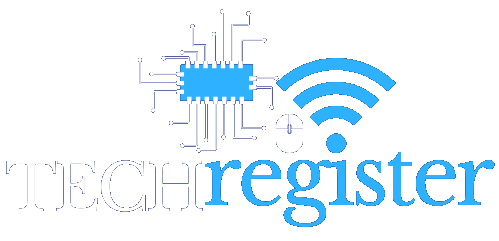
The model also offers new features for developers who incorporate OpenAI models in their software, including function calling, developer messages, and structured outputs. They can also choose one of three reasoning effort options — low, medium, and high — to adjust power and latency to suit the use case. However, unlike OpenAI o1, it does not support vision capabilities. The company said that o3-mini is available in the Chat Completions API, Assistants API, and Batch API now, to select developers in API usage tiers 3-5.
In addition to its performance, OpenAI touted the model’s safety. “Similar to OpenAI o1, we find that o3-mini significantly surpasses GPT-4o on challenging safety and jailbreak evaluations. Before deployment, we carefully assessed the safety risks of o3-mini using the same approach to preparedness, external red-teaming, and safety evaluations as o1.”












